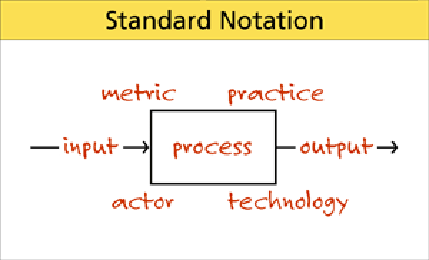IT architectures are merely a reflection of what business units have been requesting for decades. As the business changed, so too did the IT environment. Unfortunately, complex and often redundant data and application architectures can no longer adapt to increasingly dynamic business requirements. Coupled with the fact that the business architecture itself may be ill suited to respond to industry dynamics, it is clear that enterprise architecture realignment must be a collaborative effort involving key business and IT stakeholders.




















